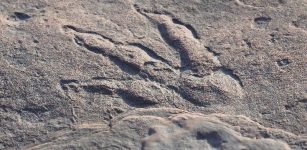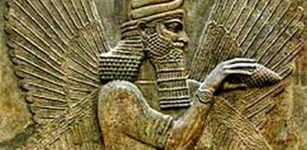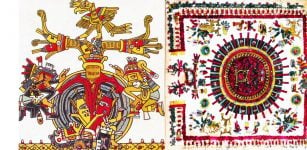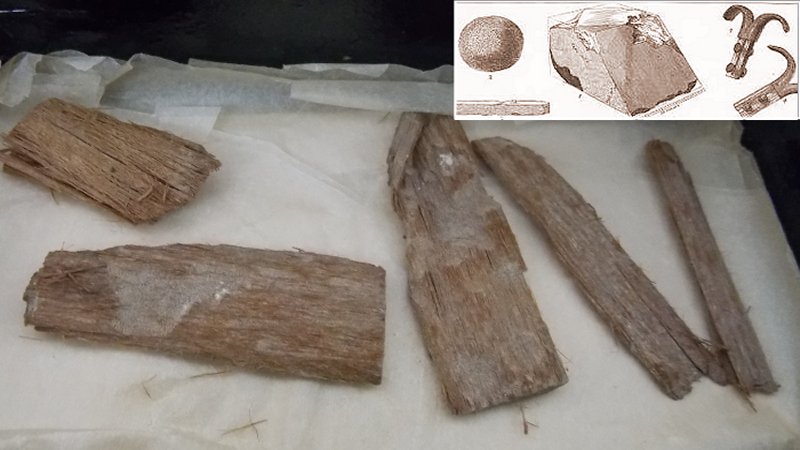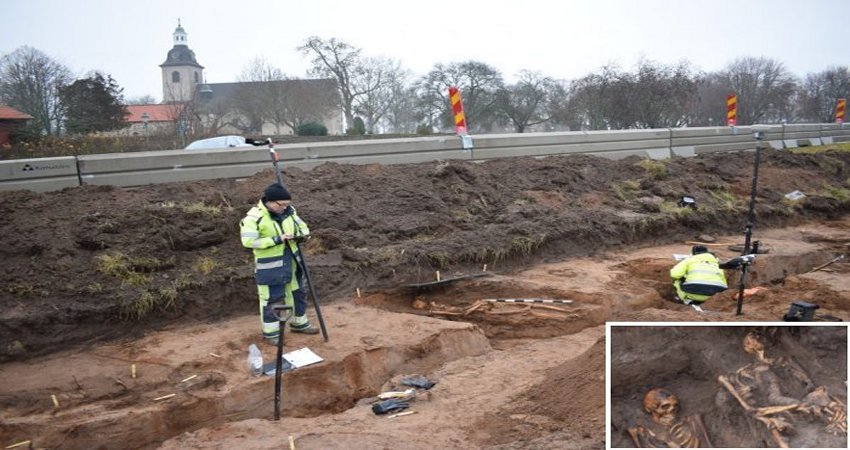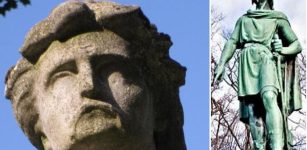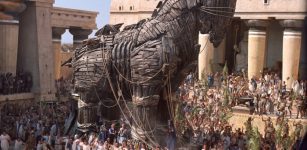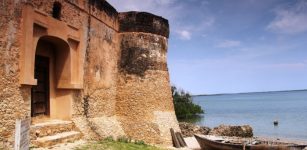Mystery Of The Second Gabriel Stone And The Man Resurrected By Archangel Gabriel
MessageToEagle.com – Apocalyptic text is inscribed with ink in Hebrew over a large stone. It’s the Gabriel Revelation – first published in 2007.
It was discovered around the year 2000 in Jordan near the eastern shore of the Dead Sea.
The so-called Gabriel Stone is authentic and very important for understanding the true roots of Jesus Christ’s messianic conception.
However, this ancient tablet with messianic overtones reputedly from before the time of Christ has been debated in archaeological and biblical circles.

While one scholar claims the find could “shake our basic view of Christianity,” a Catholic Professor of Scripture suggests the tablet is actually evidence for the historical probability of Christian belief.
Now, this priceless and unique 2,000-year-old stone artifact is displayed at exhibition opened in Jerusalem.
Gabriel Stone is a priceless and unique 2,000-year-old stone artifact, which traces depictions of the Archangel Gabriel in Jewish, Christian and Islamic sacred writings scriptures.
His role is – as a messenger to humans from God – was crucial in the three monotheistic faiths.
The stone is cut on one side, along which two columns – 16 cm wide and about 75 cm in height – are covered with text.
The columns are separated by a gap approximately 3.5 cm wide.
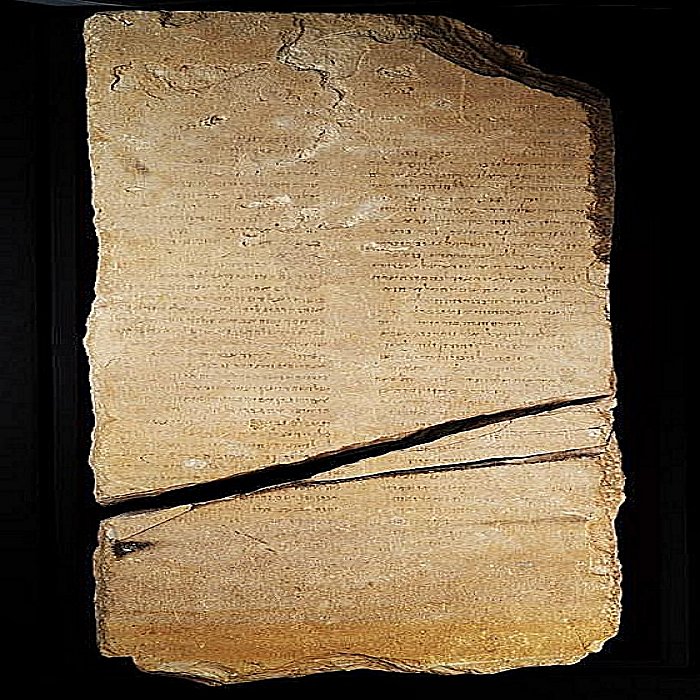
The inscription is composed of 47 horizontal lines and four vertical lines fixing the columns’ borders. The text contain of 87 lines of which 44 are in the right-hand column and 43 in the left-hand column.
The last two lines of the left-hand column are much shorter than the rest, and their ending is marked by diagonal lines.
It’s uncertain if the text begins with the first line of the right-hand column. Was it preceded by text that is now lost?
Or perhaps the whole composition was comprised of an additional stone or even more stones.
However, archaeologists didn’t find traces of any binding substance (like for example cement) on it.
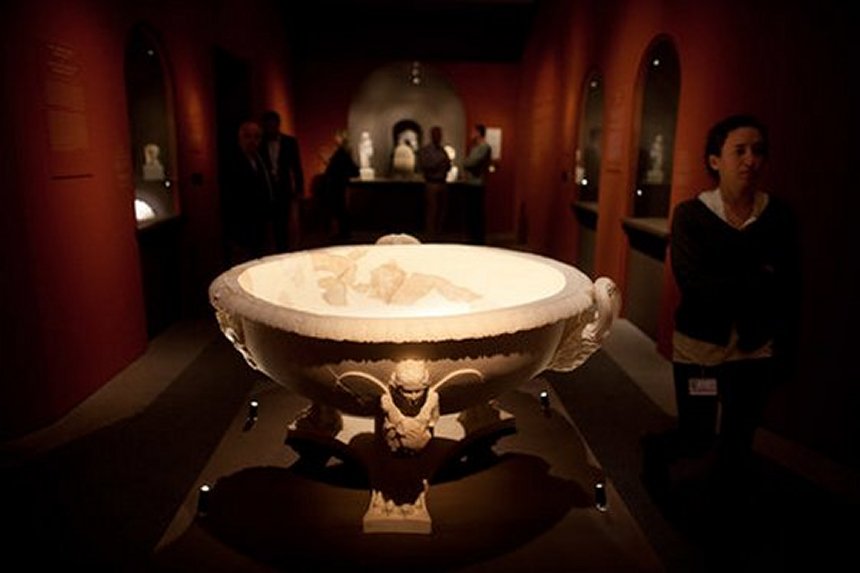
The Hebrew text is written in the first person that identifies himself three times in the first-person: “I am Gabriel”. He converses with a human figure – a visionary or prophet – to whom he, Gabriel, is apparently communicating a vision.
The text – very prophetic and apocalyptic – also expresses anxiety over the fate of Jerusalem and reflects the crucial role of angels as intermediaries.
It’s an attack on Jerusalem and the hope that God will see to the city’s deliverance for the sake of his servant David, perhaps referring to the Messiah of Davidic descent.
The Gabriel Revelation stone is the first example of the angel’s name appearing in ink on stone, although earlier mentions of his name are found in the Dead Sea scrolls, according to Adolfo Roitman, curator of the “I am Gabriel” exhibit at the Israel Museum, which will run until February 2014.
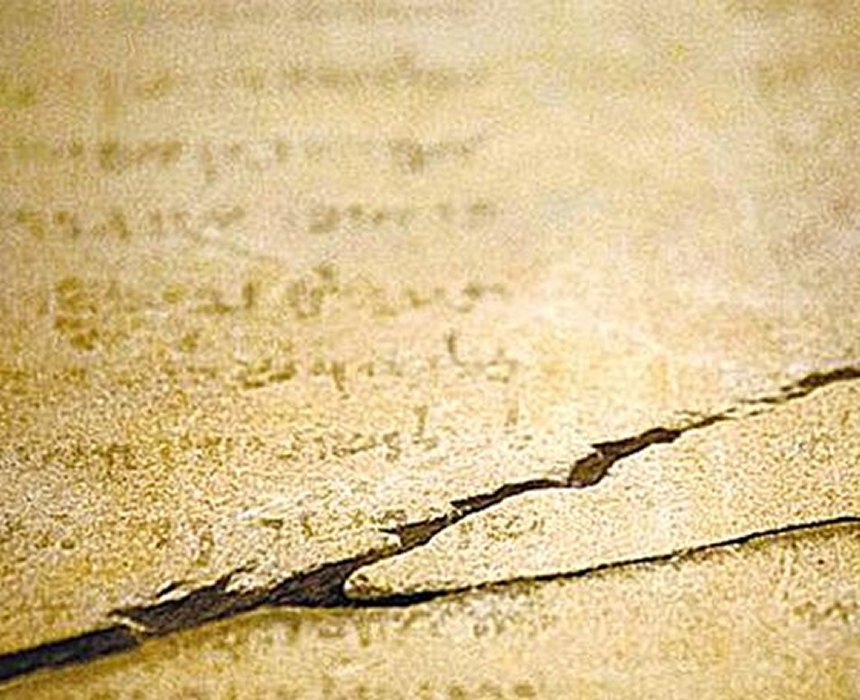
At the same time, museum director James Snyder said that “the Gabriel Revelation stone is, in a way, like a Dead Sea scroll written on stone and it’s unique in that respect.”
Controversy over the exact nature of the stone’s text remains. The second or even several “Gabriel Stone” fragments may still be out there, waiting to be discovered.
Based on analysis of linguistic patterns and the shape of the script of The Gabriel Revelation stone, it was written towards the end of the first century BC, which means around the time of Jesus Christ’s birth.
Thus, the inscription is a pre-Christian text.
The first part of the sacred inscription has the apocalyptic character; it’s about the ultimate destiny of mankind and the world; vanquishing of the Antichrist and its forces of evil. The second part focuses on death and resurrection. The text refers to three leaders – shepherds – sent by God to His people, who were killed in battle.
Interesting are the words in the last part of the inscription. These words are the words of the Archangel Gabriel who orders his mysterious and unknown interlocutor – to return to life after three days and says:
“By three days, live.”
The Gabriel’s order written in the 80th line of the inscription, is followed by the further line that states that a leader – a “prince of the princes” – was put to death, and his corpse turned to dung among the rocky crevices.
Researchers have long debated: who is the man resurrected by Archangel Gabriel?
© MessageToEagle.com

